





Radicular syndrome
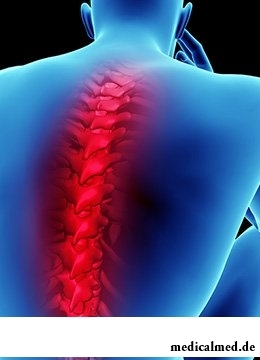 The neuralgic syndrome developing as a result of a prelum of initial departments of spinal nerves or nervous roots around their branch from a spinal cord in medicine is called a radicular syndrome or a radiculopathy. The pain accompanying this pathology is localized in the most different parts of a human body, depending on location of the center of defeat. So, pain can arise in a waist, extremities, a neck and even to irradiate to the area of internals, for example, in a stomach, heart, intestines.
The neuralgic syndrome developing as a result of a prelum of initial departments of spinal nerves or nervous roots around their branch from a spinal cord in medicine is called a radicular syndrome or a radiculopathy. The pain accompanying this pathology is localized in the most different parts of a human body, depending on location of the center of defeat. So, pain can arise in a waist, extremities, a neck and even to irradiate to the area of internals, for example, in a stomach, heart, intestines.
Reasons of a radicular syndrome
The radicular syndrome is very widespread disease and has very many reasons. Developing of a disease is promoted, first of all, by various degenerative diseases of a backbone. Most often it is osteochondrosis, a spondylosis or a hernia nuclei pulposi. Besides, the radicular syndrome can be a consequence:
- Various injuries and cicatricial changes;
- Osteoporosis (as a result of fractures of vertebras);
- Osteomyelitis or tuberculosis (as a result of injury of vertebras of infectious character);
- Changes of the hormonal status;
- Spondylarthrosis;
- Various inborn defects of a backbone;
- Oncological diseases of a spinal cord;
- Regular loads of a rachis;
- Slow-moving way of life;
- Overcoolings.
It should be noted that the radicular syndrome arises not right after influence of one of the above-named reasons. As a rule, initially there are disturbances around intervertebral disks that provokes formation of hernias. After that hernia is gradually displaced, beginning to put pressure upon a nervous root that interferes with outflow of a venous blood from it. It leads to development of this disease.
Radicular syndrome of lumbar department
Most often the radicular syndrome of a backbone strikes area of a waist. It is caused by the fact that this site, as a rule, experiences the maximum loads in comparison with other departments of a backbone. Besides, muscles and ligaments of a waist rather weak, and openings for an exit of nervous roots from vessels quite large.
At a radicular syndrome of lumbar department the expressed unilateral pain of various character (aching, acute, stupid, shooting, cutting etc. is usually observed). Character of pain depends on intensity of defeat of a nervous root and concurrent factors. Attacks in this case can be provoked by the sharp movements or overcooling. Localization of pain is caused by defeat of specific roots of a waist:
- The radicular syndrome of lumbar department mentioning 1-3 roots is characterized by pain in a lower back, in the bottom of a stomach, the front and internal surface of hips, around a groin and a pubis. They often are followed by numbness of skin and feeling of goosebumps in these zones;
- At defeat 4 roots of a waist are observed the pain around a lower back and hips giving to a knee and a shin. At the movements in a knee noticeable weakness is felt;
- The radicular syndrome of a backbone striking the 5th root of lumbar department is shown by the pain around the internal surface of hips and a shin reaching foot and a thumb of a leg. Muscles of foot become weak, quite often it leads to difficulty of standing on the struck foot.
It should be noted that pain at a radicular syndrome of a backbone in a waist, as a rule, stops or decreases at rest or when lying on a healthy side.
Symptoms of a radicular syndrome
The very first symptom of a radicular syndrome is pain along the injured nerve. So, if the disease affects cervical department, then pain is observed around a neck and hands, chest – in a back zone, sometimes a stomach or heart, a waist – in a lower back, buttocks and the lower extremities. Practically any sharp careless movements or heavy lifting can promote developing of pain.
Together with it quite often painful symptoms of a radicular syndrome can have an effect at night during sleep what often is followed by the increased perspiration, and also hypostasis and erubescence. Overcooling or an emotional overstrain can become an origin of attacks of pain also.
Other common symptom of a radicular syndrome it is possible to call disturbances of sensitivity in the affected nerve. For example, the pricking by means of a needle in this zone is followed by considerable decrease in sensitivity in comparison with the similar procedure done with the opposite healthy side.
Besides, as an accessory sign of a radicular syndrome disturbance of movements as a result of gradual weakness, drying and an atrophy of muscles can act that is the result of damage of the innervating their nerves.
Treatment of a radicular syndrome
Diagnosis of a disease is carried out by means of a case history of the person, physical survey, a front and side X-ray analysis of a backbone, and also a magnetic and resonant tomography. Treatment of a radicular syndrome can be divided into the following methods:
- Bed rest;
- Medicamentous therapy;
- Muscle relaxants;
- Hondroprotektora;
- Vitamins;
- Physical therapy;
- Physiotherapy exercises and massages.
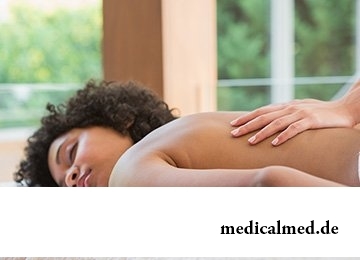 Drug treatment of a radicular syndrome assumes use of anesthetics and non-steroidal anti-inflammatory drugs. The first are directed to elimination of pain, the second – to removal of an inflammation in the center.
Drug treatment of a radicular syndrome assumes use of anesthetics and non-steroidal anti-inflammatory drugs. The first are directed to elimination of pain, the second – to removal of an inflammation in the center.
Muscle relaxants help to remove muscular spasms, and hondroprotektor slow down destruction of a cartilage in intervertebral joints, activating process of their recovery. Vitamins at a disease are directed to improvement of exchange processes in nerve tissues, and also to maintenance of the general condition of the patient.
Treatment of a radicular syndrome by means of physical therapy can include radonic bathtubs, magnetotherapy, mud cure, ultrasound etc. However physiotherapeutic procedures are, as a rule, applied after the end of the acute period of a disease.
Physiotherapy exercises and massages at a syndrome strengthen backbone muscles, improve blood circulation and recover a physical activity of the patient. In the most hard cases of a disease surgical intervention can be necessary.
If to smile all twice a day – it is possible to lower blood pressure and to reduce risk of developing of heart attacks and strokes.

The state of health of the person in many respects depends on food. The organism will well function if during food it are...
Section: Articles about health
Cellulitis - very widespread cosmetic shortcoming which arises approximately at 80% of women sooner or later. Emergence it is connected with change of structure of a hypodermic fatty layer. At the same time on the surface of skin at first there are roughnesses (cambers...
Section: Articles about health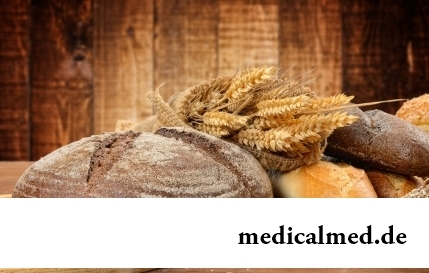
There is an opinion that at low temperatures safety of products is ensured longer and better thanks to what the refrigerator is considered the most suitable place for storage of food. In most cases it is fair, however there is a number of products for which low temperatures – the main reason of their premature damage. Storage in the refrigerator leads to their bystry rotting, emergence of a mold, is followed by loss of vitamins and tastes. What products it is better to remove...
Section: Articles about health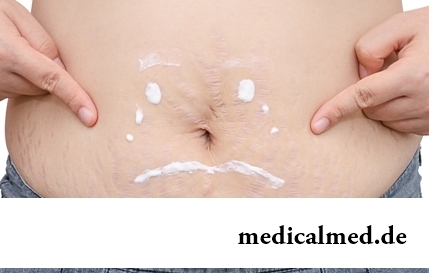
Striya (extension) are the defects of skin having an appearance of direct or wavy strips from 1 to 10 cm long and 1-5 mm wide. In the majority with...
Section: Articles about health
Diseases of joints often begin imperceptibly for the person. The first stages of destruction of the cartilaginous tissue providing soft and free sliding of heads of bones in joint bags proceed slowly and absolutely without serious consequences. Especially unpleasantly for that this пр...
Section: Articles about health
What will only not be thought up by persons interested to have a beautiful figure. Here the last innovation – for weight loss needs to be eaten greasy food. Let's understand whether there is at a fatty diet common sense....
Section: Slideshow
The next flu epidemic leads to the next panic, from year to year we give in on these manipulations: professionally alarming goal...
Section: Articles about health
Residents of big cities quite often have a disease which is known as the syndrome of chronic fatigue (SCF) today. This illness affects the people belonging to various social and demographic groups and living on all continents. Most of all SHU to a podverzha...
Section: Articles about health
Summer in the heat. Many are going to spend vacation abroad. Travelers the tender seas, rest on beaches wait, for sightseeing, campaigns on natural and cultural reserves. But, unfortunately, on vacation also problems with health can wait for us. On a foreign trip it is possible to face also diseases which not only will spoil long-awaited issue, but also will force to be treated within long months after its termination. To be insured completely from troubles of it a sort...
Section: Articles about health
Almost each of us during life faced dissatisfaction with own body. At such moments, as a rule, we beginning...
Section: Articles about health
The thought that the mass of their body is too big at least once in life visits from 80 to 95% of women. Many women are so obsessed with this idea that constantly try all new and new ways of weight reduction. Considerable part of these method...
Section: Articles about health
Ability of an organism to resist to adverse environmental factors (to impact of temperature drops, humidity and pressure, to the attacks of causative organisms, etc.) directly depends on what the person eats. Business here not only in that cells of a body received a necessary set of nutrients, vitamins and microelements. Scientists established that such components which are capable to influence negatively immune system, in connection with also are a part of foodstuff...
Section: Articles about health
History of mankind contains several tens of epidemics whose emergence was compared by eyewitnesses and historians to doomsday. With...
Section: Articles about health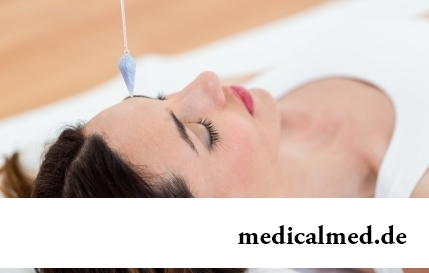
Practice of hypnotic impact on consciousness of the person contains about two millennia. During this time scientists managed to learn a lot of things about a phenomenon of hypnosis and learned to facilitate a condition of the patients having heavy illnesses with its help....
Section: Articles about health
Maternal milk is the best food for the newborn. It is the unique natural product containing an optimum set of nutrients, and which is best adapted in order that the baby normally developed and it was protected from harmful factors of external environment, unusual for it. Unfortunately, breastfeeding process not always does without complications. Sometimes, that the kid begins to bite a breast, giving to mother an essential inconvenience. Some women...
Section: Articles about health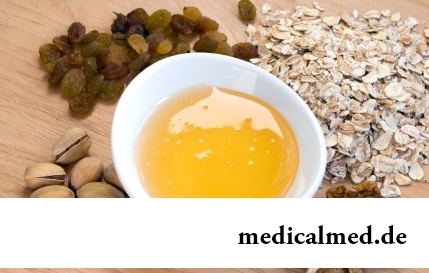
Let's begin with the fact that a separate illness which is called "adjournment of salts", just does not exist. In practice this household name of plank beds...
Section: Articles about health
The endocrine system carries out extremely important role in a human body, practically all processes of life activity are regulated by it. Closed glands (hemadens) produce special biologically active agents – hormones which then o...
Section: Articles about health
Bulimia and anorexia, are heavy deviations of a feeding behavior, become a cause of death of patients much more often than all other nervous breakdowns combined. In 60% of cases two illnesses accompany each other: patients feel horror before danger of set of excess weight and try to refuse as often as possible food, but periodically suffer from attacks of sudden hunger and an uncontrollable overeating. Each patient with anorexia and bulimia needs the help qualified пс...
Section: Articles about health
Scientists have no unambiguous opinion on a proximate cause of emergence of a carcinoma cutaneum today. Are precisely established only фа...
Section: Articles about health
Eyes – unique body on the structure thanks to which the person obtains about 80% of information on the world around: about a form, color, size, the movement, and also many other parameters of objects or phenomena. But whether much we know about the most valuable body...
Section: Articles about health
Tick-borne encephalitis – one of the most dangerous viral diseases which causative agents transfer and is given to people by ixodic mites. These are the small blood-sicking insects living in the considerable territory of our country. The person bitten by a tick can catch also erlikhiozy, bartonnelezy, babeziozy, mycoplasmosis and Lyme's disease. As well as encephalitis, these illnesses affect the central nervous system, and as specific antiviral therapy does not exist, the forecast very to a neuta...
Section: Articles about health
The varicosity has familiarly many, statistically, this disease more than a half of all adult population. As...
Section: Articles about health
Herpes simplex of the first type (the infectious disease which is shown periodic bubble rashes on lips is called) – one of the most widespread illnesses. Statistically, only 5% of inhabitants of our planet are unreceptive to its activator, and...
Section: Articles about health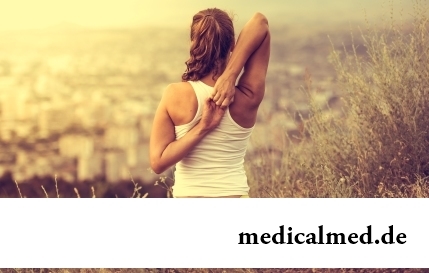
Each of us repeatedly noticed that the people having the same passport age are sometimes not similar on one-years at all. One at the age of 40-45 years already looks almost an old man, and another and in 60 is young, vigorous and full of life. The matter is that the condition of our health depends not on the number of the lived years, and on degree of safety of an organism. This factor also defines biological age of the person....
Section: Articles about health
Life does not indulge the modern woman special emotional comfort and carelessness. Fatigue, troubles at work, misunderstanding...
Section: Articles about health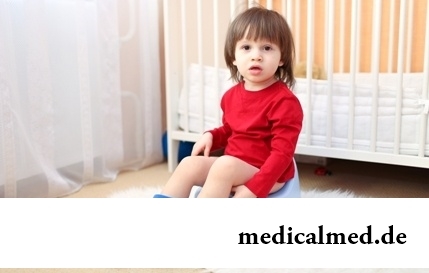
All parents are ready to what the baby often and pisat much. Since then, as the absorbing diapers strongly became current, keeping of the kid in dryness does not represent any problems. But if the grown-up kid continues to urinate in panties, parents of a nacha...
Section: Articles about health
All the known slogan "Protect Men!" arose not from scratch. In a sense, the nature created men much less adapted for vital disorders, than it seems at first sight. Statistically, men are ill more often, than women, have the majority of illnesses heavier and earlier die. The situation is aggravated with the fact that our fathers, husbands, brothers and sons are not always inclined to care for the health. Partly it happens because of unwillingness of t...
Section: Articles about health
